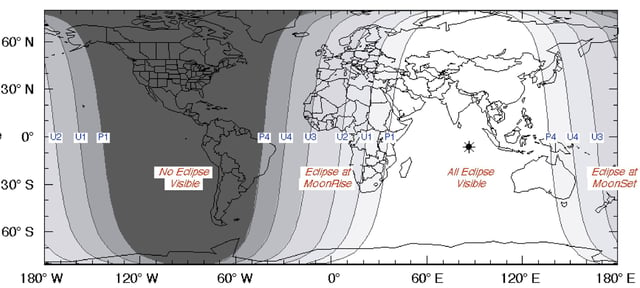Overview
- Totality is forecast to last about 1 hour 22 minutes, with the umbral phase running roughly 17:30–18:52 UTC and the full event spanning about 15:28–20:55 UTC.
- Visibility covers Europe, Africa, Asia and Australia, while most of the Americas miss out except for partial views in Hawaii, a slice of Alaska and parts of Brazil.
- Estimates suggest more than 7 billion people could see at least part of the eclipse, with about 6.2 billion able to follow totality from start to finish.
- UK viewers will catch the second half after moonrise around 7:30 pm BST, with low‑elevation views favoring clear eastern horizons.
- The Moon’s red hue comes from sunlight filtered through Earth’s atmosphere, and under suitable conditions observers may notice a brief blue‑violet edge linked to stratospheric ozone.



